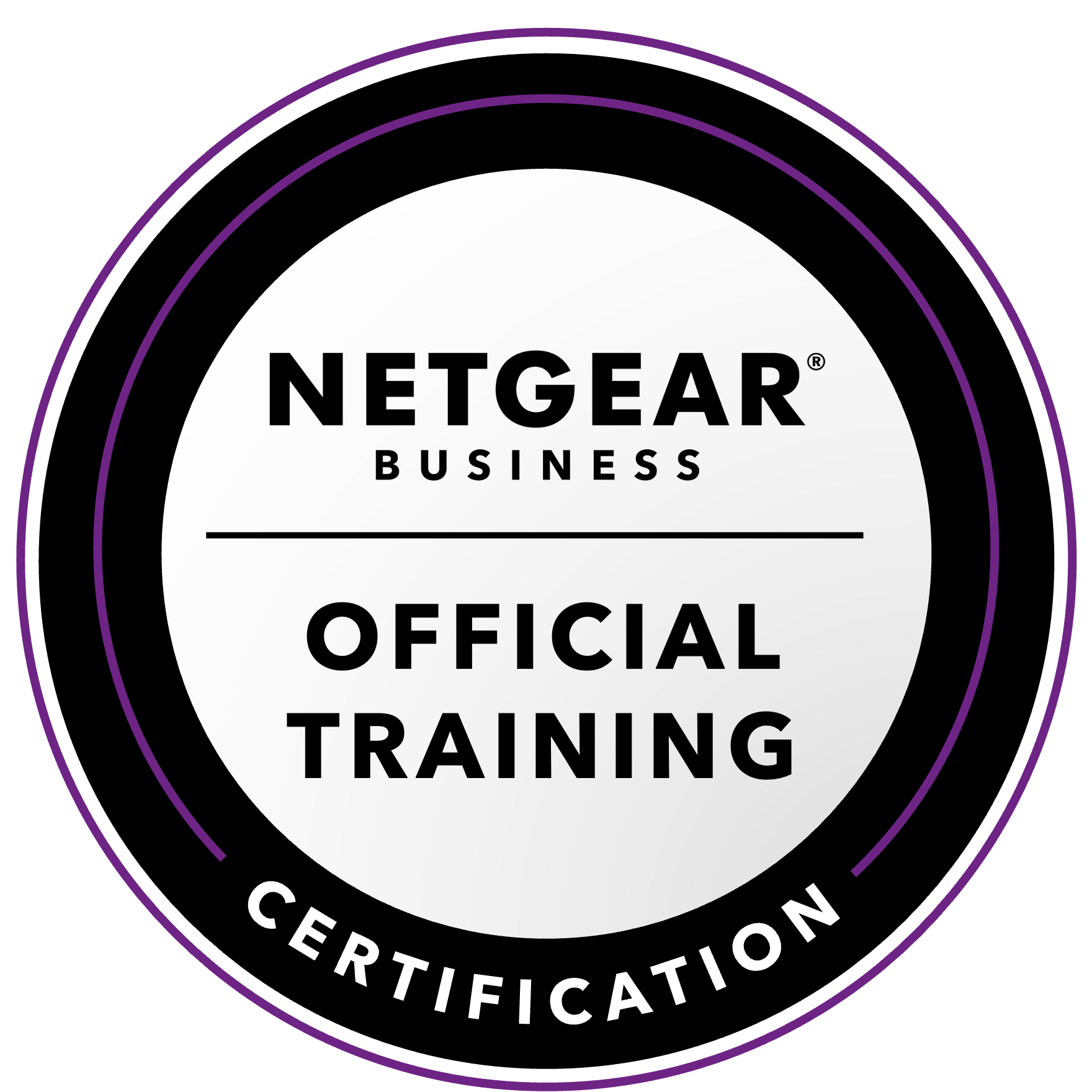NETGEAR is aware of a growing number of phone and online scams. To learn how to stay safe click here.
Forum Discussion
Poorty
Apr 19, 2020Aspirant
RN 104 - Upgrading HDD Sizes X-Raid
Hello,
I currently have a RN 104 with the following setup.
3TB, 3TB, 3TB, 3TB - which gives me about 8.5TB if storage and the remaining space is used for backups.
I am looking to increase the space vertically and put in two new 8TB HDD’s. I have been getting mixed messages about whether putting in larger drives will actually increase the space? Will the capacity of the 3TB drives mean that the usable space on the new 8TB drives will only be 3TB?
I would also like to do this without having to backup and reformat the unit if possible.
Thanks
Josh
I currently have a RN 104 with the following setup.
3TB, 3TB, 3TB, 3TB - which gives me about 8.5TB if storage and the remaining space is used for backups.
I am looking to increase the space vertically and put in two new 8TB HDD’s. I have been getting mixed messages about whether putting in larger drives will actually increase the space? Will the capacity of the 3TB drives mean that the usable space on the new 8TB drives will only be 3TB?
I would also like to do this without having to backup and reformat the unit if possible.
Thanks
Josh
It sounds like you've been talking to RAID "experts" who don't know the ReadyNAS. Some RAID configurations aren't expandable, the ReadyNAS's is, within ceretain limitations. If I read your question right, you aren't affected by one of those limitations.
If you mean you have 4 3TB drives in an XRAID/RAID5 configuration, as I think you are, then you can put in the two 8TB drives and you'll gain space. With just one, you won't. The first larger drive needs a mate for the redundancy of the additional space, so you only actually see anything more when you add the second. Then, you'll get 5TB more. If XRAID is enabled, you just replace one, let it sync, then replace the other and let it sync then expand. If XRAID is not enabled, then you have to manually expand it. But during a sync, your data is vulnerable because you have no redundancy. It is best to make a backup before you start the replacement process because that process is drive intensive and a drive nearing failure may go during one, redering your volume dead.
BTW, thinking of RAID as "backup" is faulty thinking. RAID will keep a single drive failure from destroying the data, but there are cases where the entire volume becomes unusable, as well as theft, fire, hurricane, etc. True backup is on another device, better yet off site. This forum is filled with sad stories of owners who believed they had "backup" and lost it all due to a NAS hardware failure or other event that affected both primary and redundant data. RAID's primary purpose is to keep the data accessable during recovery operations instead of having to start over and restore all files from backup.
2 Replies
Replies have been turned off for this discussion
- SandsharkSensei
It sounds like you've been talking to RAID "experts" who don't know the ReadyNAS. Some RAID configurations aren't expandable, the ReadyNAS's is, within ceretain limitations. If I read your question right, you aren't affected by one of those limitations.
If you mean you have 4 3TB drives in an XRAID/RAID5 configuration, as I think you are, then you can put in the two 8TB drives and you'll gain space. With just one, you won't. The first larger drive needs a mate for the redundancy of the additional space, so you only actually see anything more when you add the second. Then, you'll get 5TB more. If XRAID is enabled, you just replace one, let it sync, then replace the other and let it sync then expand. If XRAID is not enabled, then you have to manually expand it. But during a sync, your data is vulnerable because you have no redundancy. It is best to make a backup before you start the replacement process because that process is drive intensive and a drive nearing failure may go during one, redering your volume dead.
BTW, thinking of RAID as "backup" is faulty thinking. RAID will keep a single drive failure from destroying the data, but there are cases where the entire volume becomes unusable, as well as theft, fire, hurricane, etc. True backup is on another device, better yet off site. This forum is filled with sad stories of owners who believed they had "backup" and lost it all due to a NAS hardware failure or other event that affected both primary and redundant data. RAID's primary purpose is to keep the data accessable during recovery operations instead of having to start over and restore all files from backup.
- PoortyAspirantThanks so much for your response. That makes complete sense. It’s mainly to store media tv shows/movies on. All stuff I can’t afford to lose I.e photos and tax returns are in the cloud. If it was to be compromised due to natural disaster I’d be ok with that. 😀😃
Related Content
NETGEAR Academy

Boost your skills with the Netgear Academy - Get trained, certified and stay ahead with the latest Netgear technology!
Join Us!
